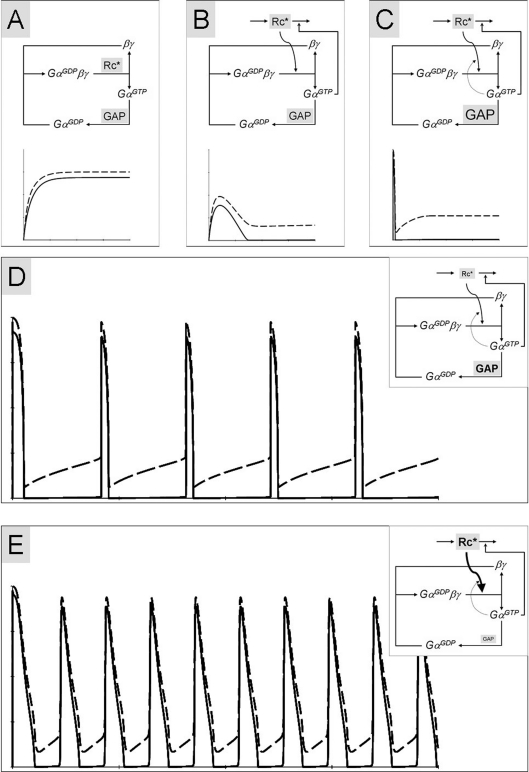Figure 7. Feedback loops can produce oscillations in the trimeric G-protein cycle.
Mode 2 trimeric G-protein signalling (A) becomes transient upon incorporation of the negative-feedback loop of GαGTP-stimulated receptor internalization (B). Further addition of the positive-feedback loop of GαGTP-mediated stimulation of receptor activity induces oscillations in the trimeric G-protein cycle (D, E). The frequency and shape of oscillations depend on properties of the system: lower receptor/GAP activity ratio produces lower frequency (D) than does the higher receptor/GAP activity ratio (E). Strong off-balance activity of one enzymatic component prevents oscillations (C). Curve presentation is as in Figure 3. Kinetic parameters, other than in Figure 3, are: kass=0.01 nM−1·s−1; kdiss=20 s−1 (in A–C and E) and 18 s−1 (in D); khydr=3 s−1 (in A–C and E) and 6 s−1 (in D); [Rc*]=50 nM (in A–C and E) and 20 nM (in D); [GAP]=40 nM (in A, B, D and E) and 100 nM (in C). Time scale is 15 s in (A) and (B), and 300 s in (C–E).

